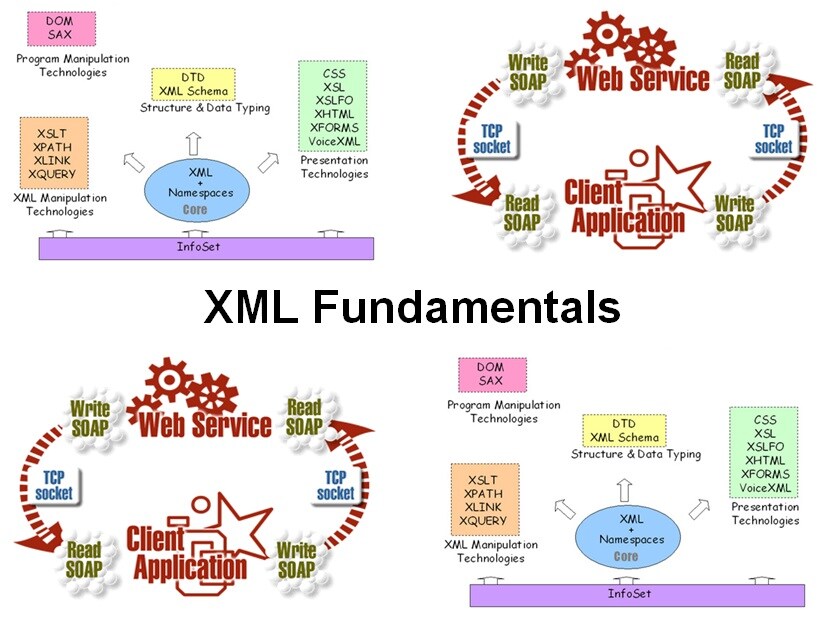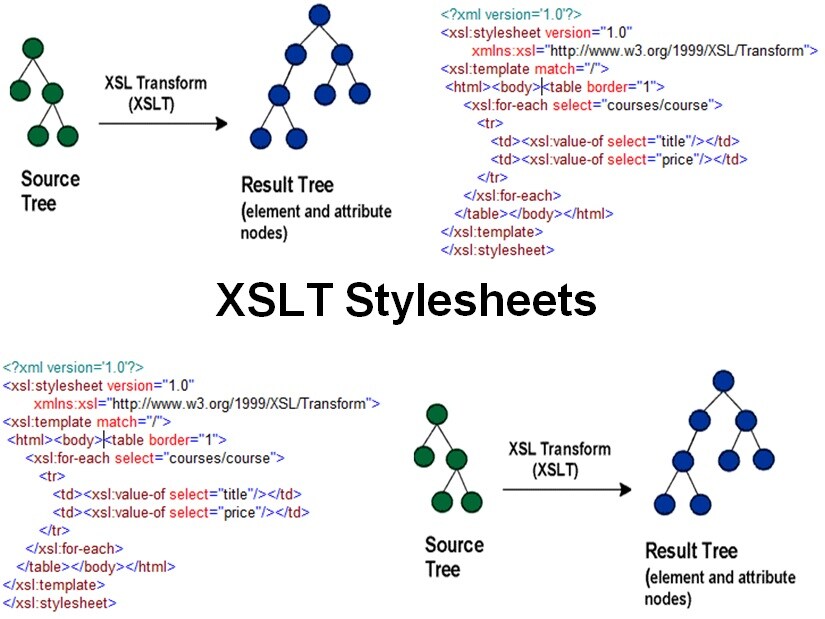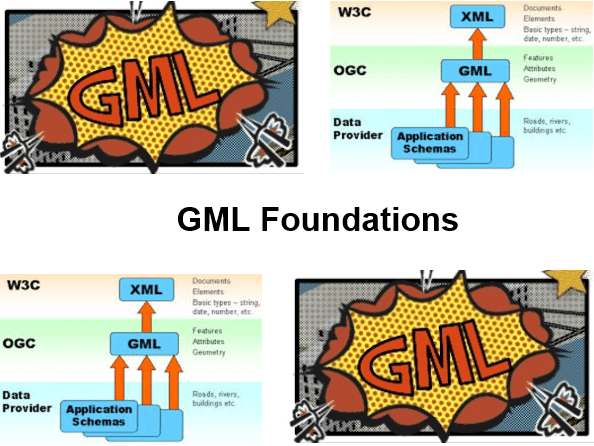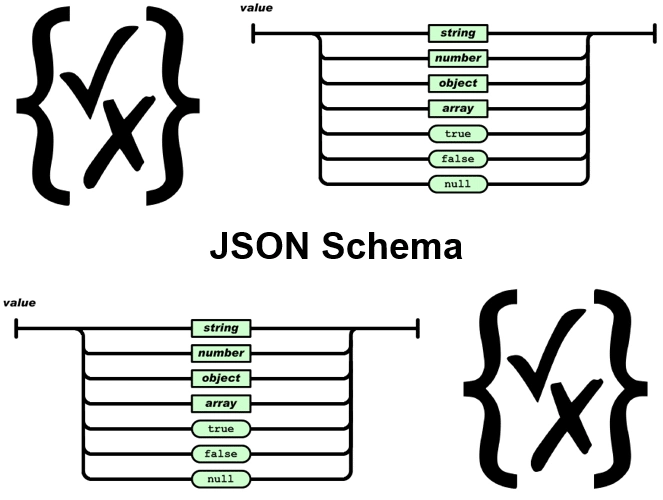-
Learning by doing
-
Trainers with practical experience
-
Classroom training
-
Detailed course material
-
Clear content description
-
Tailormade content possible
-
Training that proceeds
-
Small groups
XML is a frequently used markup language for structured storage and exchange of data. SpiralTrain provides classroom basic and advanced XML courses. SpiralTrain also provides training in XSLT, XML Schema, XQuery and XBRL.
Visit our LinkedIn, Facebook or Instagram page for an impression of SpiralTrain. Click on the links below for more information and the schedule.
 |
Schematron
Code:
XML350
First start: 26-02-2026 |
2 days | € 1499 |
 |
XML Introduction
Code:
XML100
First start: 05-01-2026 |
1 day | € 699 |
 |
XML Fundamentals
Code:
XML150
First start: 02-02-2026 |
2 days | € 1399 |
 |
XSLT Stylesheets
Code:
XML200
First start: 12-01-2026 |
3 days | € 1999 |
 |
XML Schema
Code:
XML300
First start: 16-02-2026 |
3 days | € 1999 |
 |
XQuery
Code:
XML500
First start: 21-01-2026 |
3 days | € 1999 |
 |
XSL-FO
Code:
XML600
First start: 29-01-2026 |
2 days | € 1499 |
 |
XBRL Fundamentals
Code:
XML700
First start: 23-01-2026 |
2 days | € 1499 |
 |
GML Foundations
Code:
XML800
First start: 29-01-2026 |
2 days | € 1499 |
 |
XPath-XLink-XPointer
Code:
XML900
First start: 26-01-2026 |
1 day | € 749 |
 |
JSON Schema
Code:
JSN200
First start: 09-02-2026 |
2 days | € 1399 |
 |
JSON Fundamentals
Code:
JSN100
First start: 30-01-2026 |
1 day | € 699 |
In computing, Extensible Markup Language (XML) is a markup language that defines a set of rules for encoding documents in a format that is both human-readable and machine-readable. The W3C’s XML 1.0 Specification and several other related specifications—all of them free open standards—define XML.
The design goals of XML emphasize simplicity, generality, and usability across the Internet. It is a textual data format with strong support via Unicode for different human languages. Although the design of XML focuses on documents, the language is widely used for the representation of arbitrary data structures such as those used in web services.
Several schema systems exist to aid in the definition of XML-based languages. A DTD is an example of a schema or grammar. Schema languages typically constrain the set of elements that may be used in a document, which attributes may be applied to them, the order in which they may appear, and the allowable parent/child relationships.
A newer schema language is XML Schema, often referred to by the initialism for XML Schema instances, XSD (XML Schema Definition). XSD’s are far more powerful than DTDs in describing XML languages. They use a rich data typing system and allow for more detailed constraints on an XML document’s logical structure. XSD’s also use an XML-based format, which makes it possible to use ordinary XML tools to help process them.
XSL (Extensible Stylesheet Language) is a family of languages used to transform and render XML documents, split into three parts: